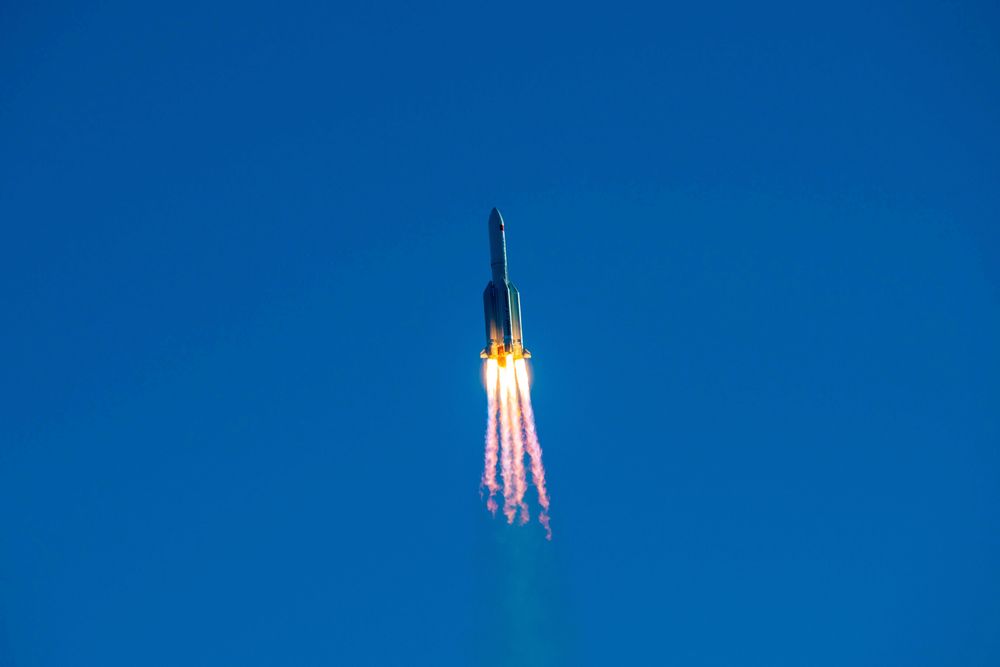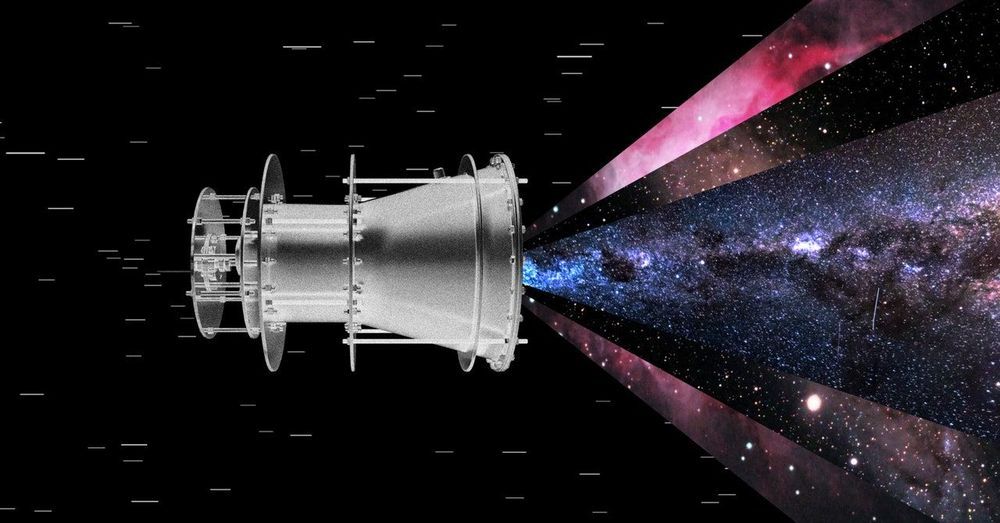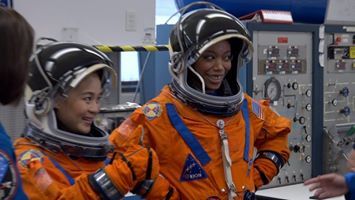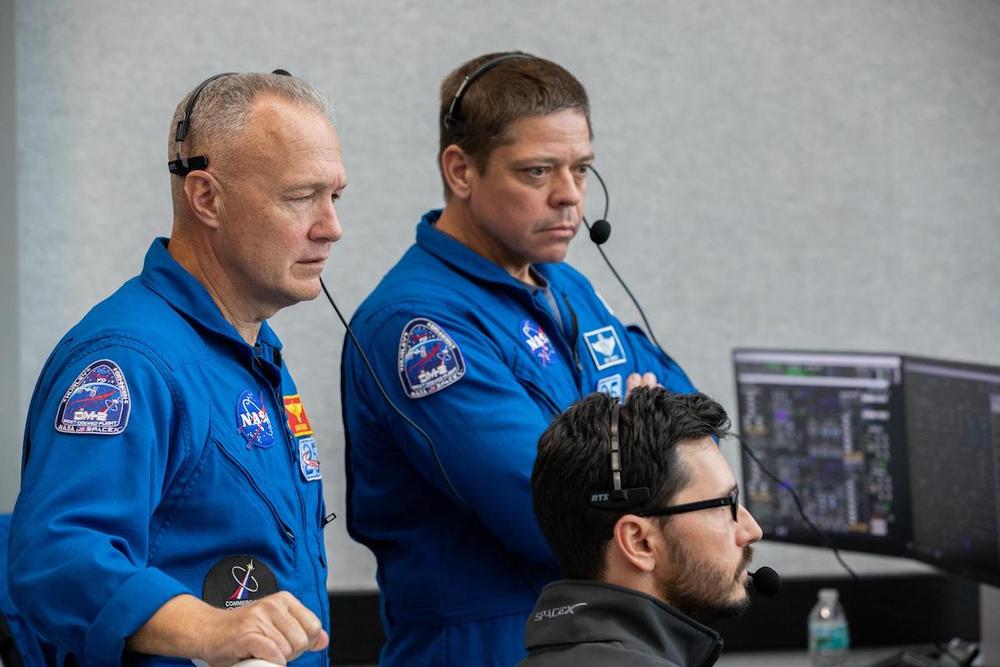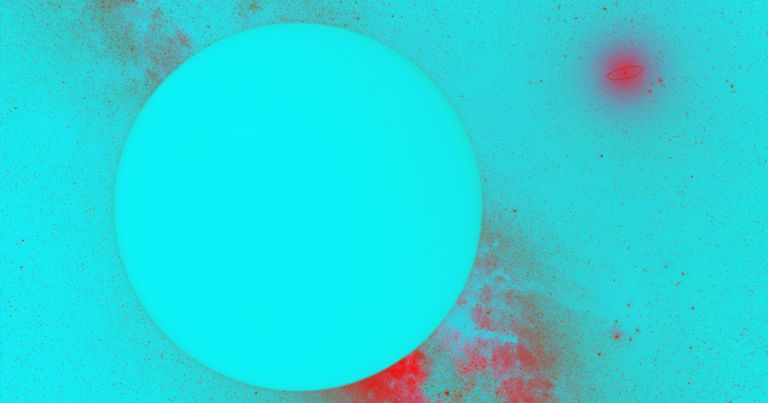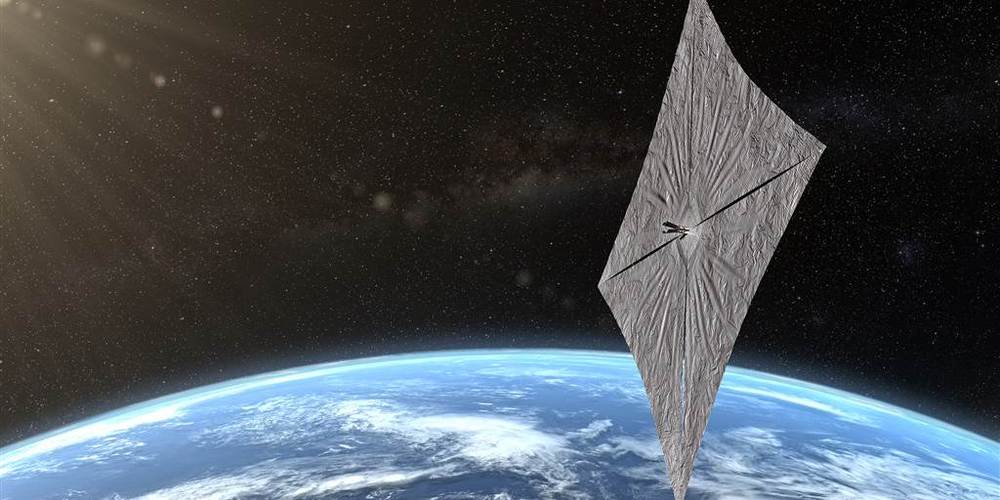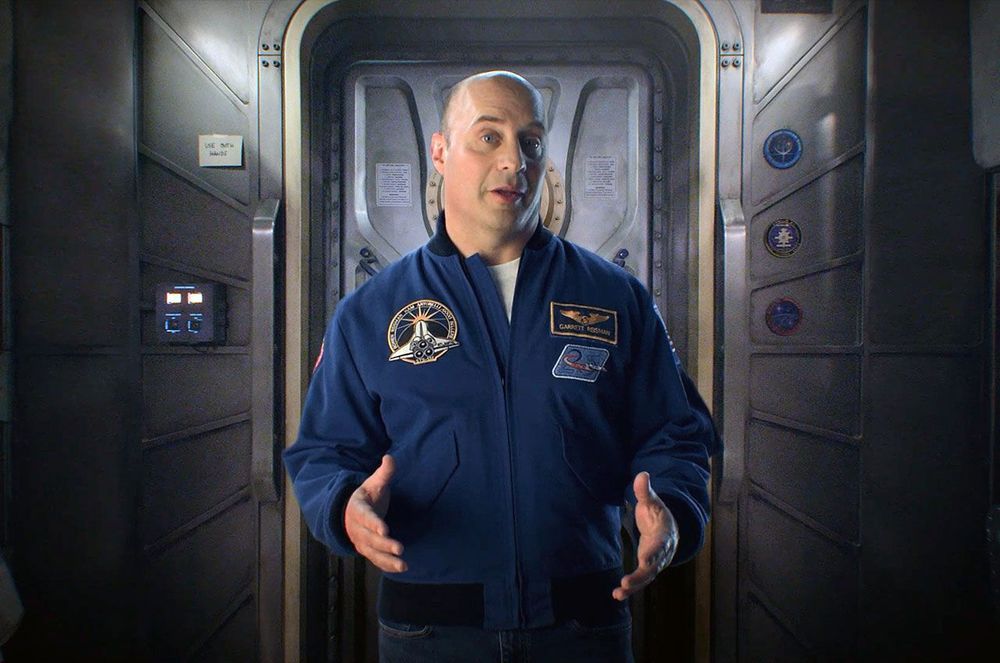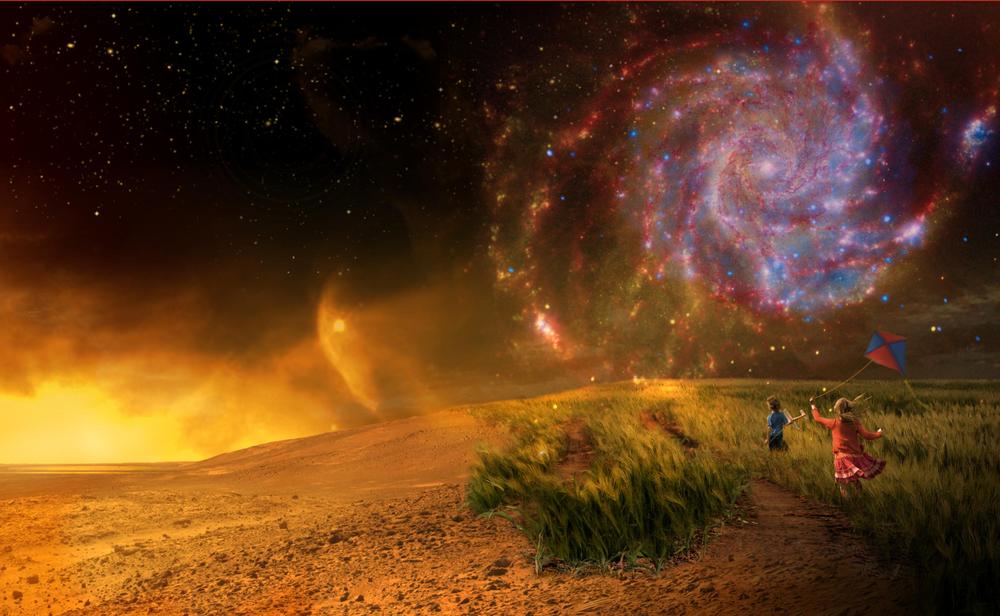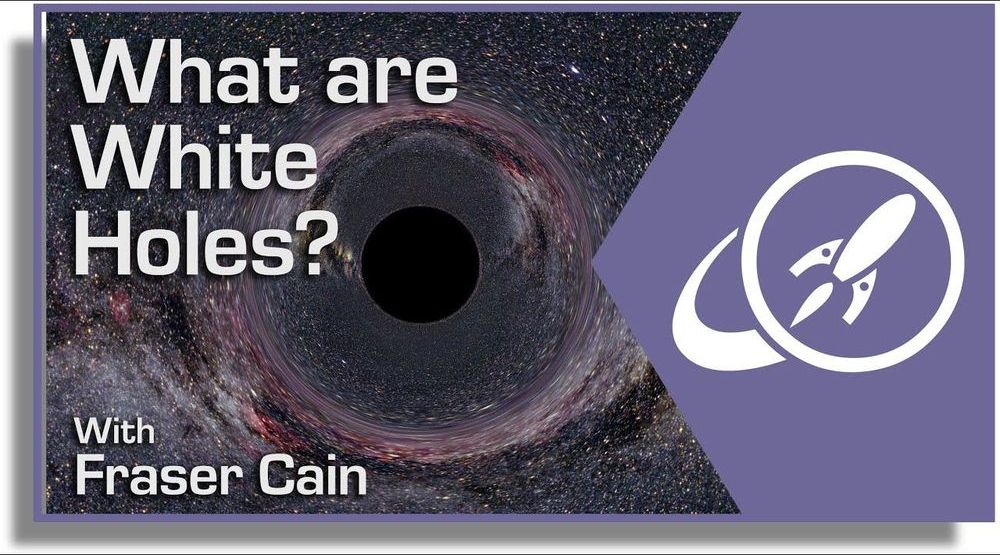Sometime in the next few hours, the body of a spent Chinese rocket will become the largest piece of space junk in decades to fall, uncontrolled, back towards Earth.
On May 5, a Long March 5B rocket launched a prototype crew capsule resembling a SpaceX Crew Dragon to orbit for a test. Now, after almost a week orbiting the Earth, the core stage of the large rocket is on a collision course with the upper atmosphere and whatever doesn’t burn up during its descent will impact the planet.
“It is the most massive object to make an uncontrolled reentry since the 39-tonne Salyut-7 in 1991,” wrote Jonathan McDowell, a prominent Harvard astrophysicist who tracks objects in orbit, on Twitter.
